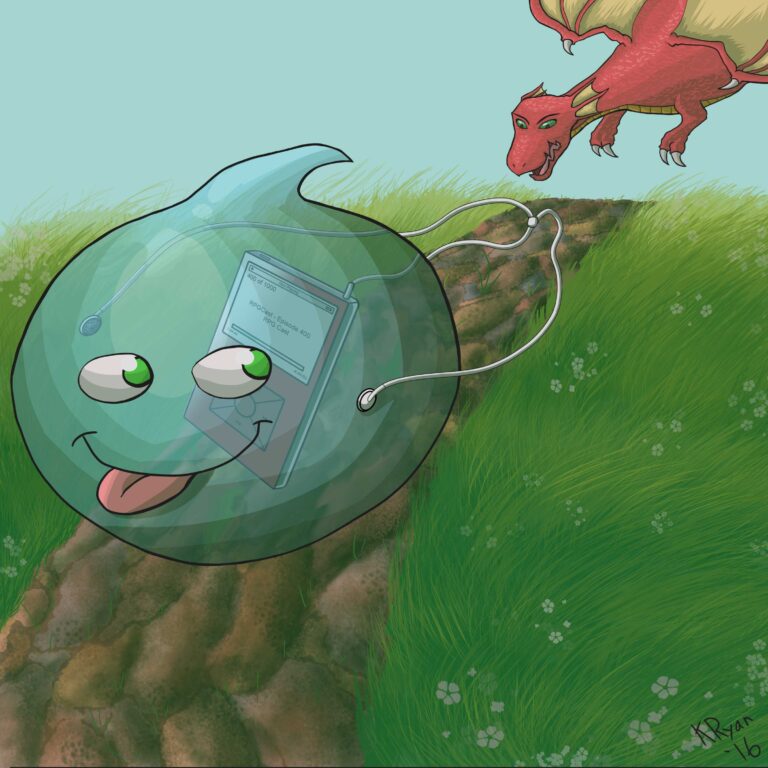Scientists have developed a forensic spray using a protein found in jellyfish that shows up fingerprints in just 10 seconds.
They say that the dye spray could make forensic investigations quicker and more effective. It is also water-soluble and has low toxicity. Traditional forensic methods either use toxic powders that can harm DNA evidence or petrochemical solvents that are bad for the environment, the sale of which is increasingly restricted.
The dyes in the spray are based on a fluorescent compound called green fluorescent protein (GFP), which has previously revolutionised scientists’ ability to visualise biological processes in cells and animals. The dyes are biologically compatible and do not interfere with subsequent DNA analysis of the fingerprints.
“This system is safer, more sustainable and works faster than existing technologies, and can even be used on fingerprints that are a week old,” said Prof Tony James, a chemist at the University of Bath and a co-author of the research.
The team have created two different coloured dyes, called LFP-Yellow and LFP-Red, which bind to chemicals found in sweat and oils in the skin. This locks the dye molecules in place and they emit a fluorescent glow that can be seen under blue light.
“Having two different colours available means the spray can be used on different coloured surfaces. We’re hoping to produce more colours in the future,” said James.
The fine spray prevents splashes that could damage prints, is less messy than a powder and works quickly even on rough surfaces where it is harder to capture prints, such as brick.
Fingerprints continue to account for more identifications than DNA evidence in cases where the suspect is unknown, and the technology is quick and cheap compared with DNA profiling. Governments, however, are increasingly restricting the use of solvents used in fingerprint detection methods, including per- and polyfluoroalkyl substances (PFAS), sometimes known as “forever chemicals”.
The GFP protein is naturally produced in the North American jellyfish Aequorea victoria, sometimes called the crystal jellyfish, and emits a green glow when it absorbs blue light. Scientists are not sure what purpose the fluorescence serves for the jellyfish, but one possibility is that it helps scare away predators.
The protein is already widely used in biological research because the GFP gene can be used as a harmless glow-in-the-dark tag to track activity in cells in lab dishes or inside living creatures. Flatworms, tadpoles and zebrafish have all been reprogrammed with the GFP gene.
Prof Chusen Huang of Shanghai Normal University in China and the principal investigator on the project said: “We hope this technology can really improve the detection of evidence at crime scenes.”
The team are collaborating with companies and hope to make the forensic dyes commercially available. Their study is published in the Journal of the American Chemical Society.
#Forensic #spray #jellyfish #protein #speed #fingerprint #detection #Forensic #science


















+ There are no comments
Add yours